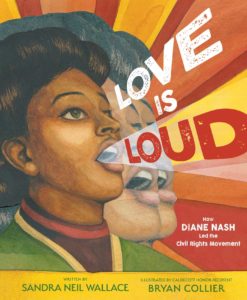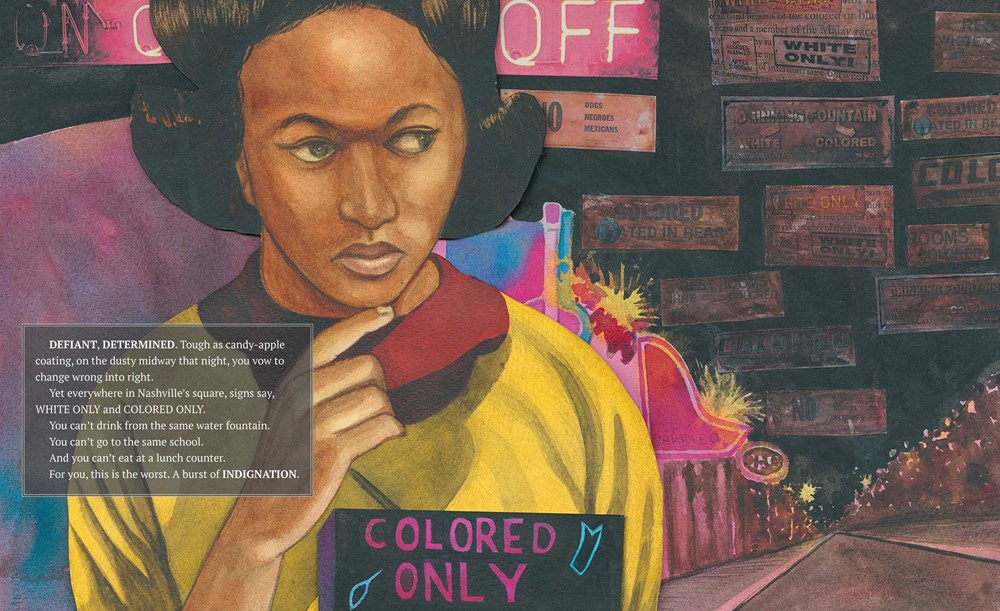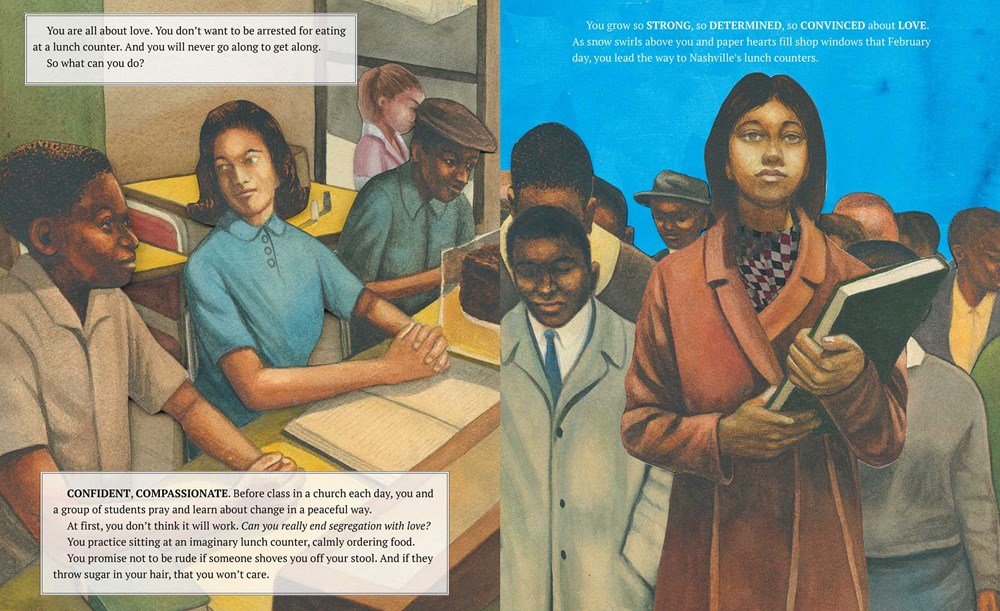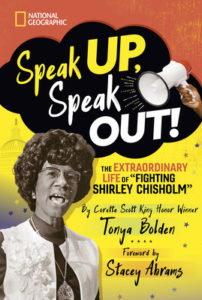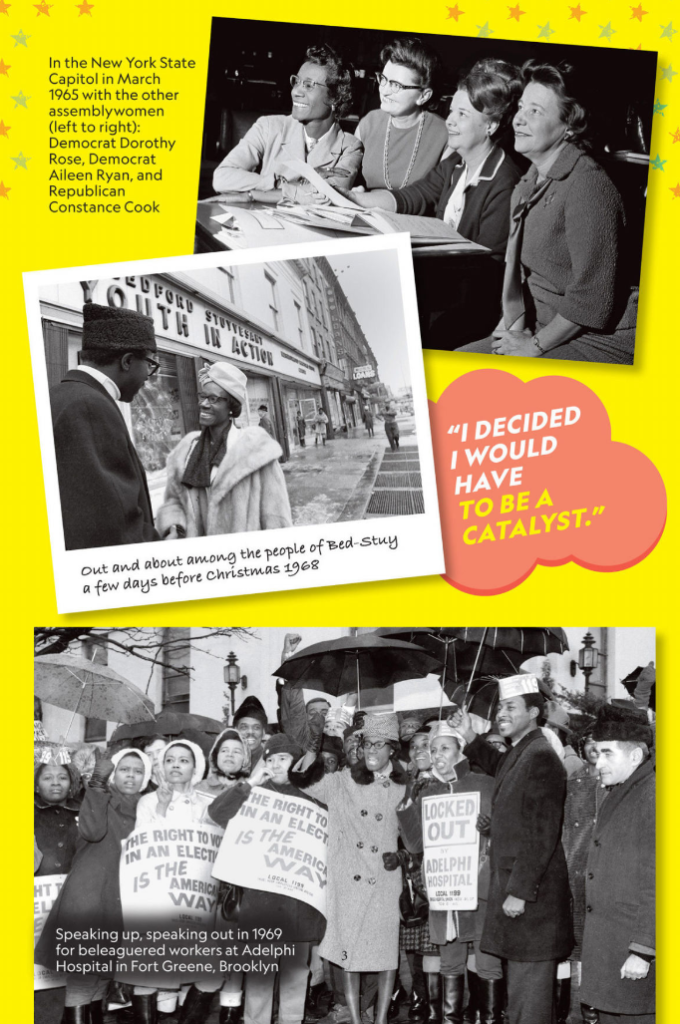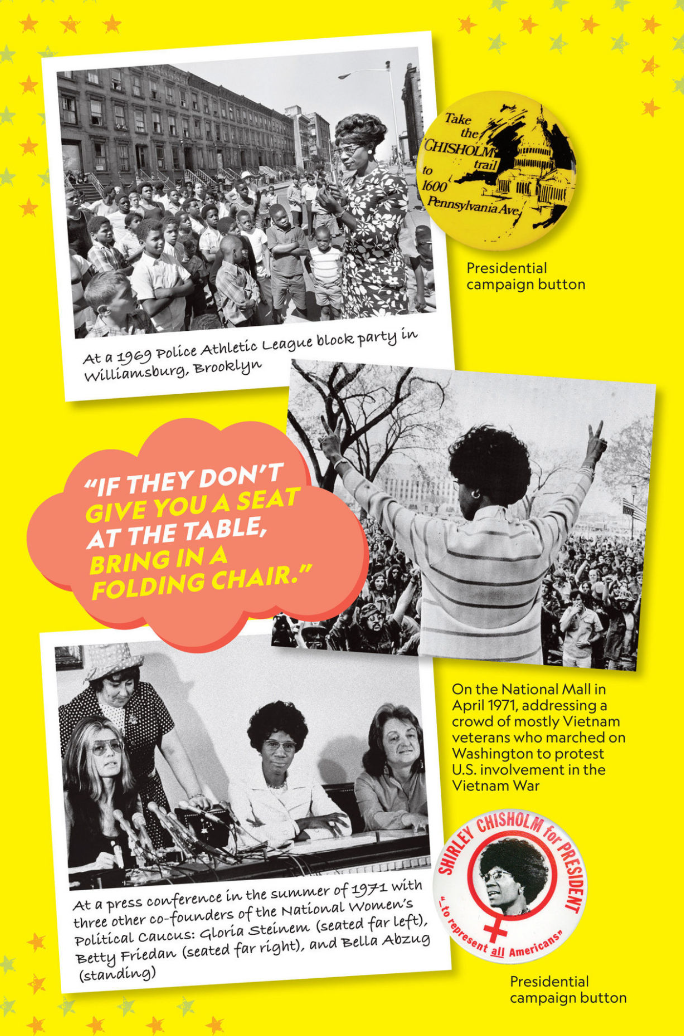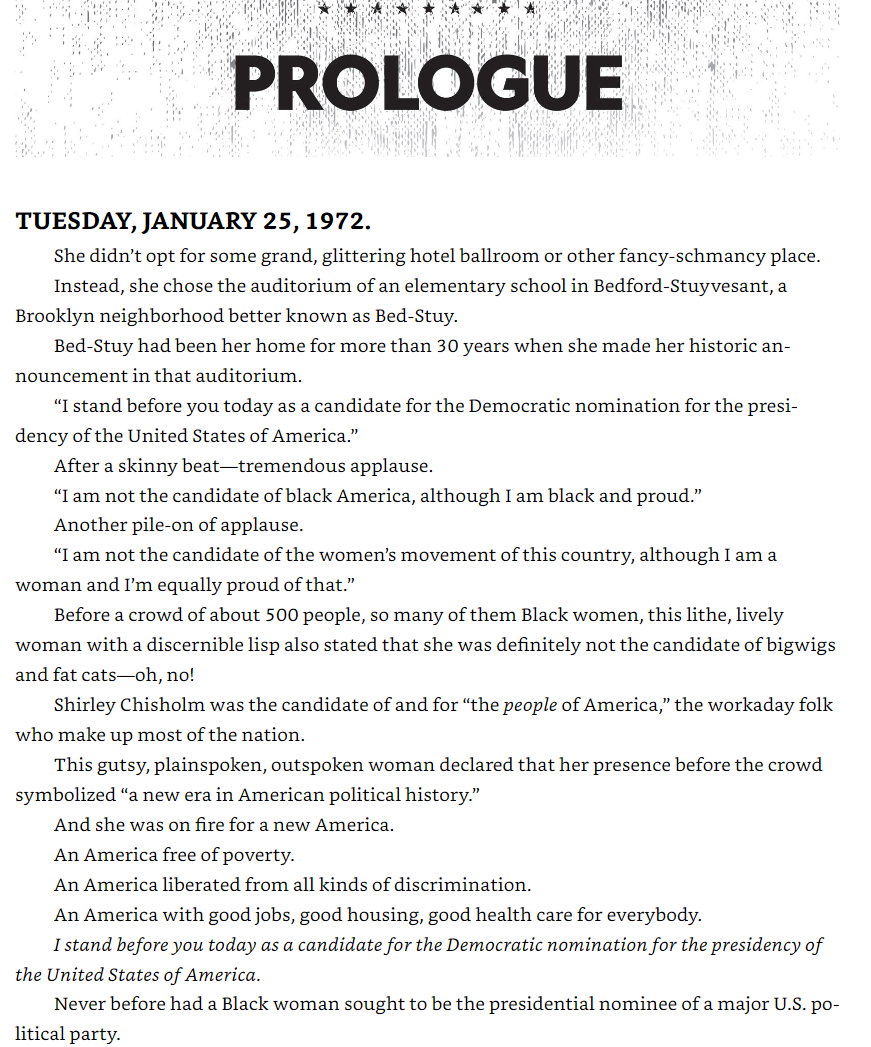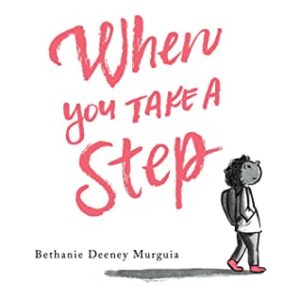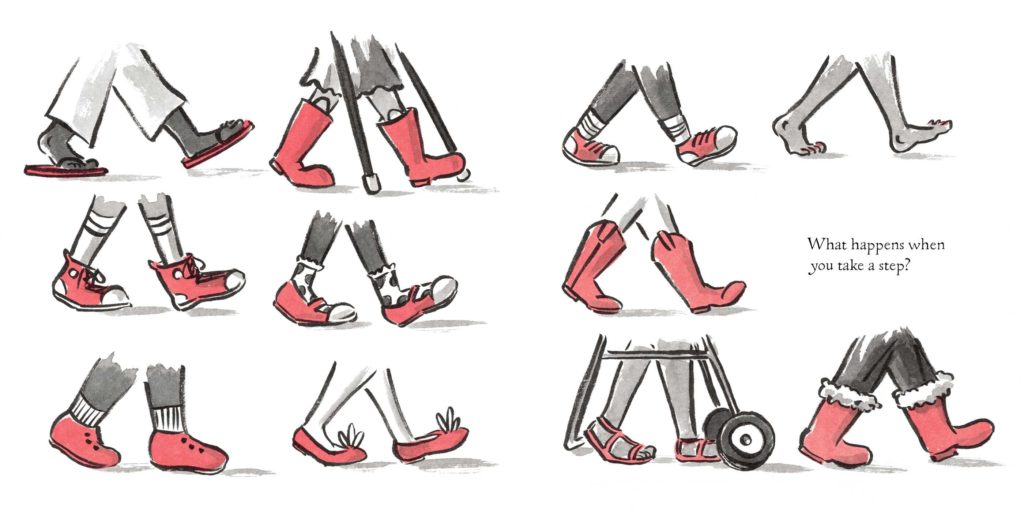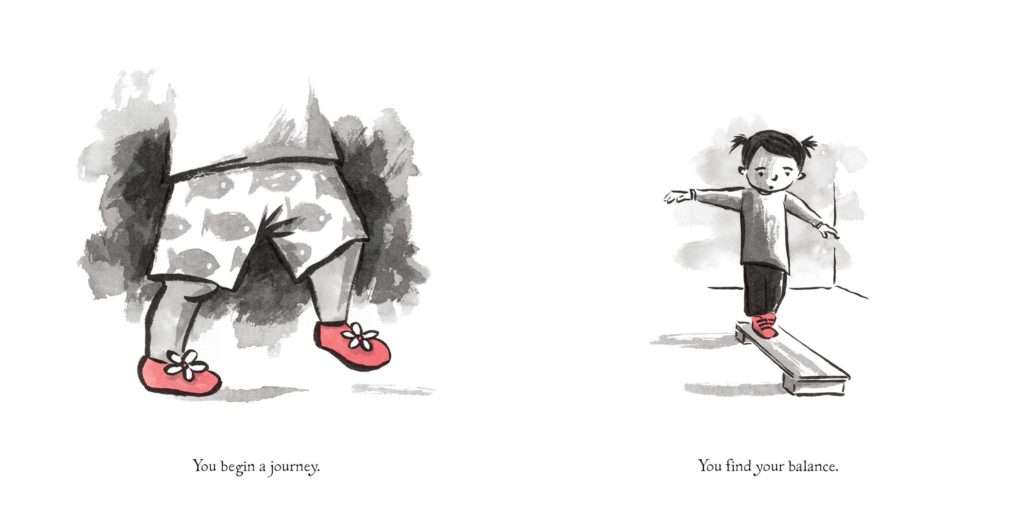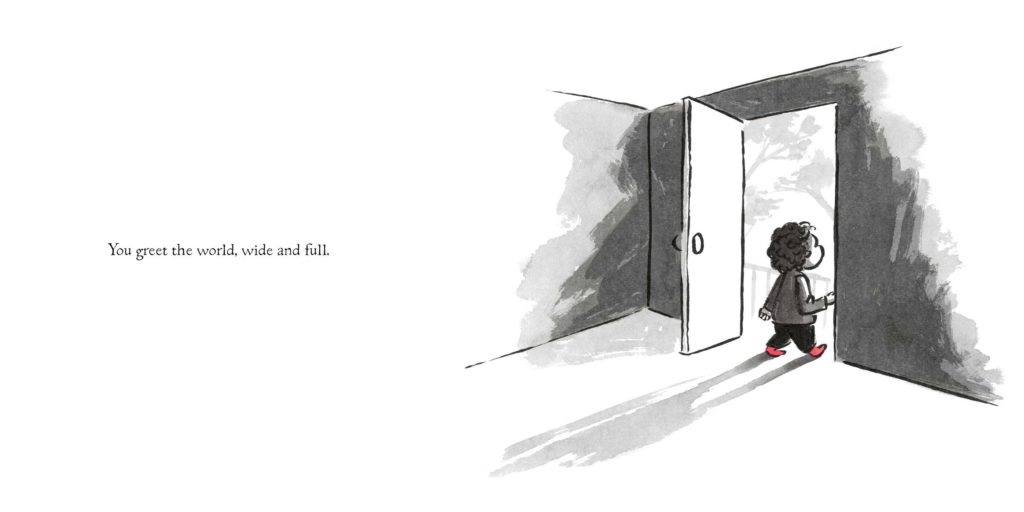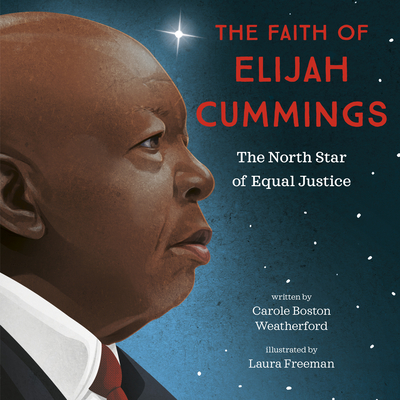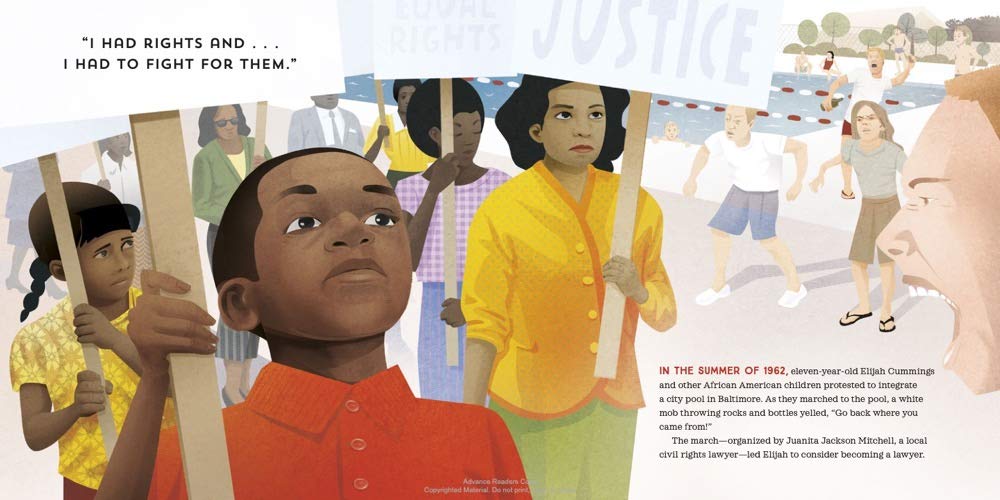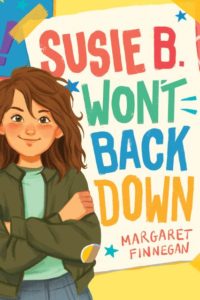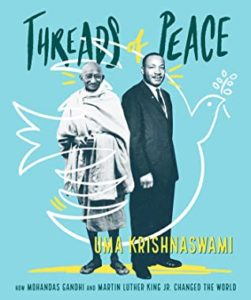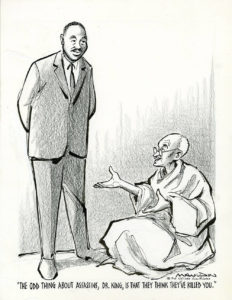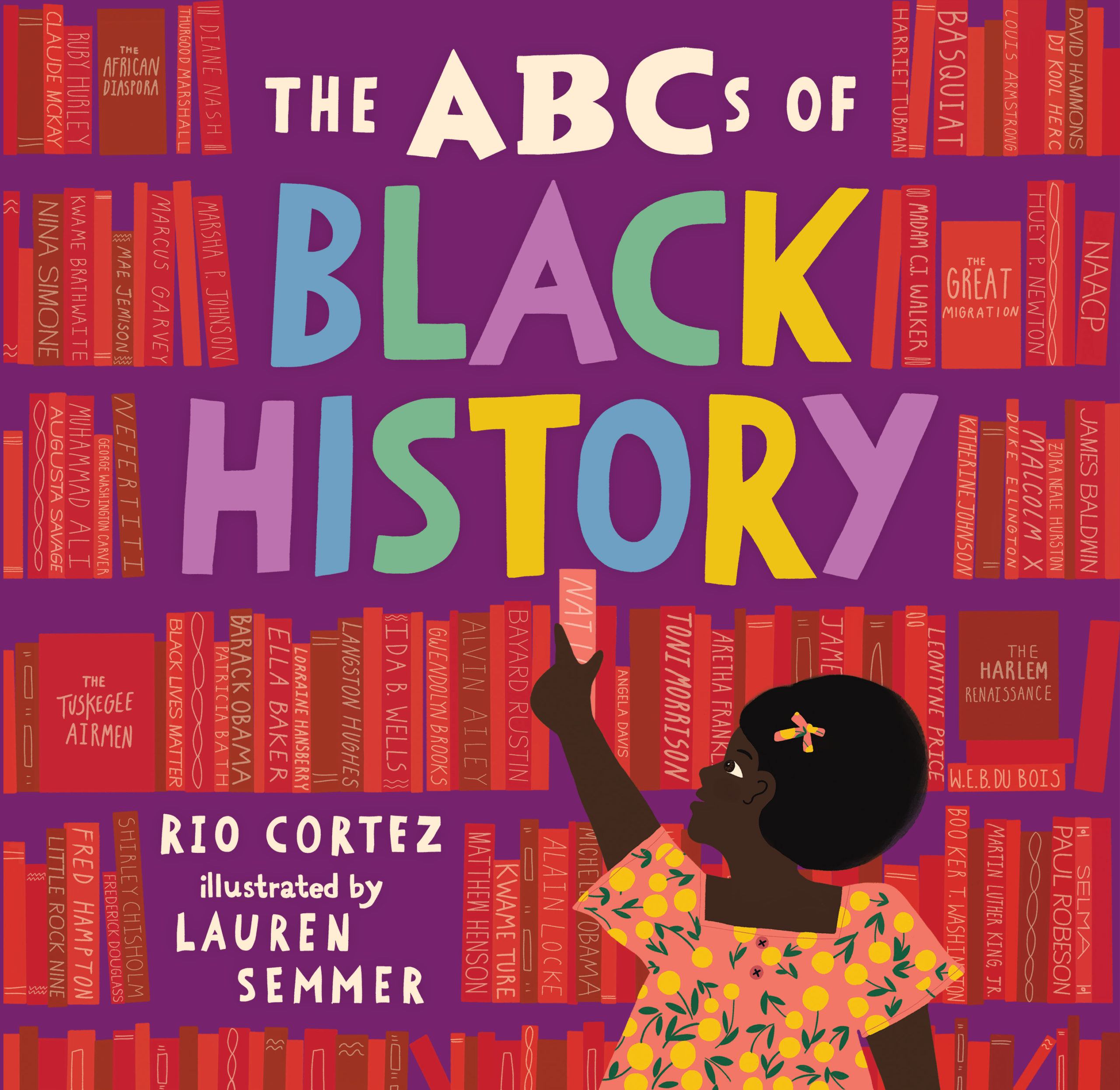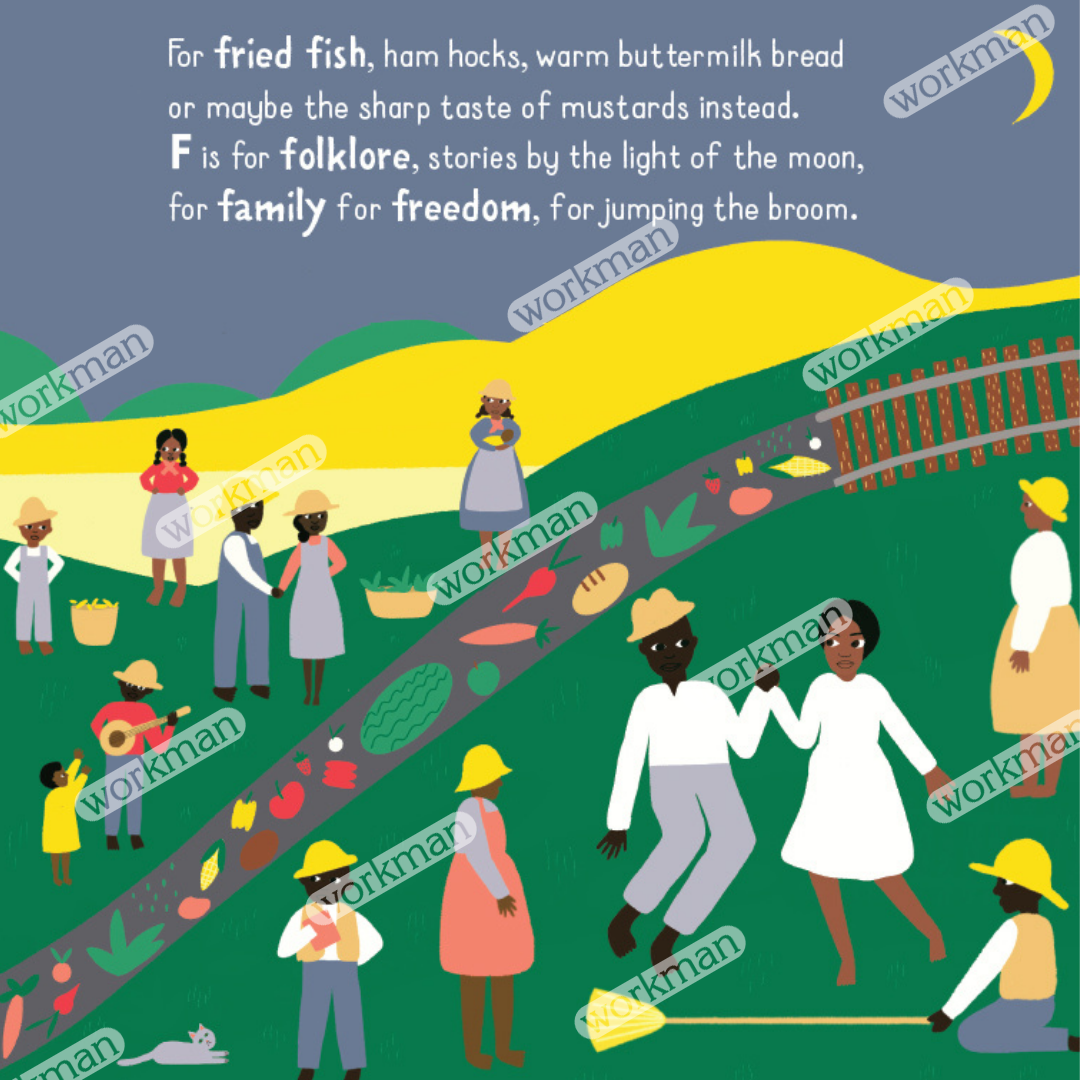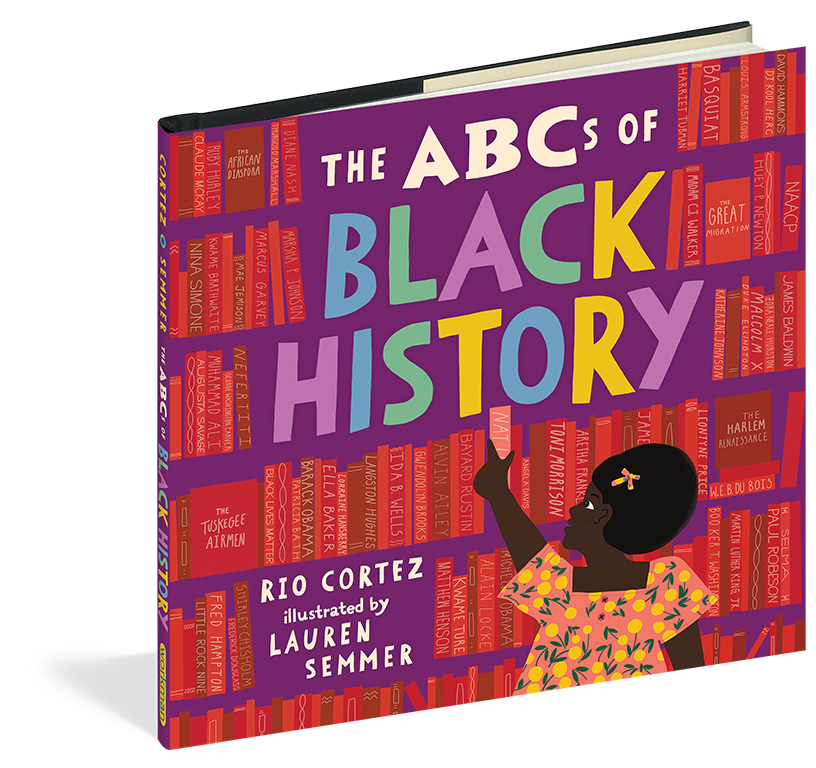Love is Loud: How Diane Nash Led the Civil Rights Movement
Author: Sandra Neil Wallace
Illustrator: Bryan Collier
Published January 10th, 2023 by Simon & Schuster
Summary: Diane grew up in the southside of Chicago in the 1940s. As a university student, she visited the Tennessee State Fair in 1959. Shocked to see a bathroom sign that read , Diane learned that segregation in the South went beyond schools—it was part of daily life. She decided to fight back, not with anger or violence, but with strong words of truth and action.
Finding a group of like-minded students, including student preacher John Lewis, Diane took command of the Nashville Movement. They sat at the lunch counters where only white people were allowed and got arrested, day after day. Leading thousands of marchers to the courthouse, Diane convinced the mayor to integrate lunch counters. Then, she took on the Freedom Rides to integrate bus travel, garnering support from Martin Luther King Jr. and then the president himself—John F. Kennedy.
Praise:
*”A poignant and powerful portrayal of the life and work of an unsung civil rights activist….Wallace’s text lends buoyancy to the narrative, making it a memorable read-aloud.” — Kirkus Reviews, STARRED REVIEW
*”Wallace’s emotive second-person text condenses Nash’s extensive activism into an inspiring meditation on love as the heart of justice, while Collier’s watercolor and collage illustrations bring artful dimension to Nash’s nonviolent resistance.” — Pubishers Weekly, STARRED REVIEW
*“During the 1960s, Diane Nash was one of the most influential and effective leaders of the Civil Rights Movement, yet most people don’t know who she is.” Wallace’s latest picture-book collaboration with Collier seeks to correct that ….the book opens with images of Nash’s parents cradling her as a baby and then of Nash, as a small child, being hugged by her grandmother, highlighting the love that encouraged her activism.” — The Horn Book — STARRED REVIEW
“This picture-book biography honors Diane Nash, a significant figure in the civil rights movement…. Written in direct but poetic phrases… A fitting portrayal of Diane Nash, a civil rights leader who received the Presidential Medal of Freedom in 2022.” — Booklist
About the Creators:
Sandra Neil Wallace writes about people who break barriers and change the world. She is the author of several award-winning books for children, including Between the Lines: How Ernie Barnes Went from the Football Field to the Art Gallery, illustrated by Bryan Collier, which received the Orbis Pictus Book Award and was an ALA Notable Book. A former ESPN reporter and the first woman to host an NHL broadcast, she is the recipient of the Outstanding Women of New Hampshire Award and creates change as cofounder of The Daily Good, a nonprofit bringing twenty thousand free, culturally diverse foods to college students each year through its Global Foods Pantries. Visit Sandra at SandraNeilWallace.com.
Bryan Collier is a beloved illustrator known for his unique style combining watercolor and detailed collage. He is a four-time Caldecott Honor recipient for Trombone Shorty, Dave the Potter, Martin’s Big Words, and Rosa. His books have won many other awards as well, including six Coretta Scott King Illustrator Awards. His recent books include By and By, Thurgood, The Five O’Clock Band, and Between the Lines. He lives in New York with his family.
Review: Sandra Neil Wallace’s biography of Diane Nash is a force of book filled with a powerful story which will inspire whomever reads it and illustrations that are pieces of art on each page. Diane Nash is a name that not as many people know, but she should be included in all of the historical discussions surrounding the Civil Rights Movement; this book will help get her name to a new generation.
I particularly liked the way that Wallace highlighted particular words throughout the book purposefully to capture the emotions or actions of that time in Nash’s life. The choice of words would lead to such fantastic conversations about both author’s purpose and descriptive language. Additionally, the text is written in 2nd person which is not often found in nonfiction historical picture books, so it is great exposure to that point of view.
Curriculum Guide:
Flagged Passages:
Book Trailer:
Read This If You Love: Learning about activists, the Civil Rights Movement, and strong women who make a difference
Recommended For:
**Thank you to Blue Slip Media for providing a copy for review!**
